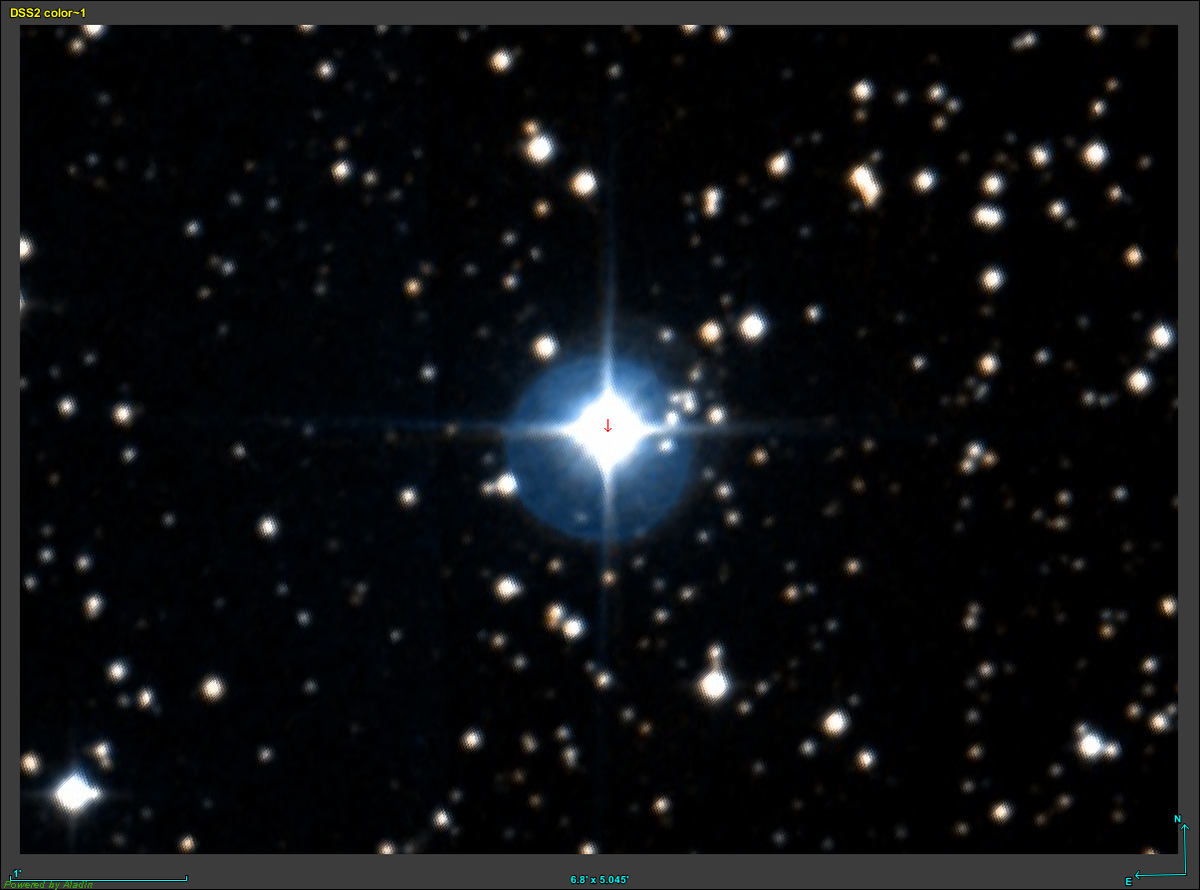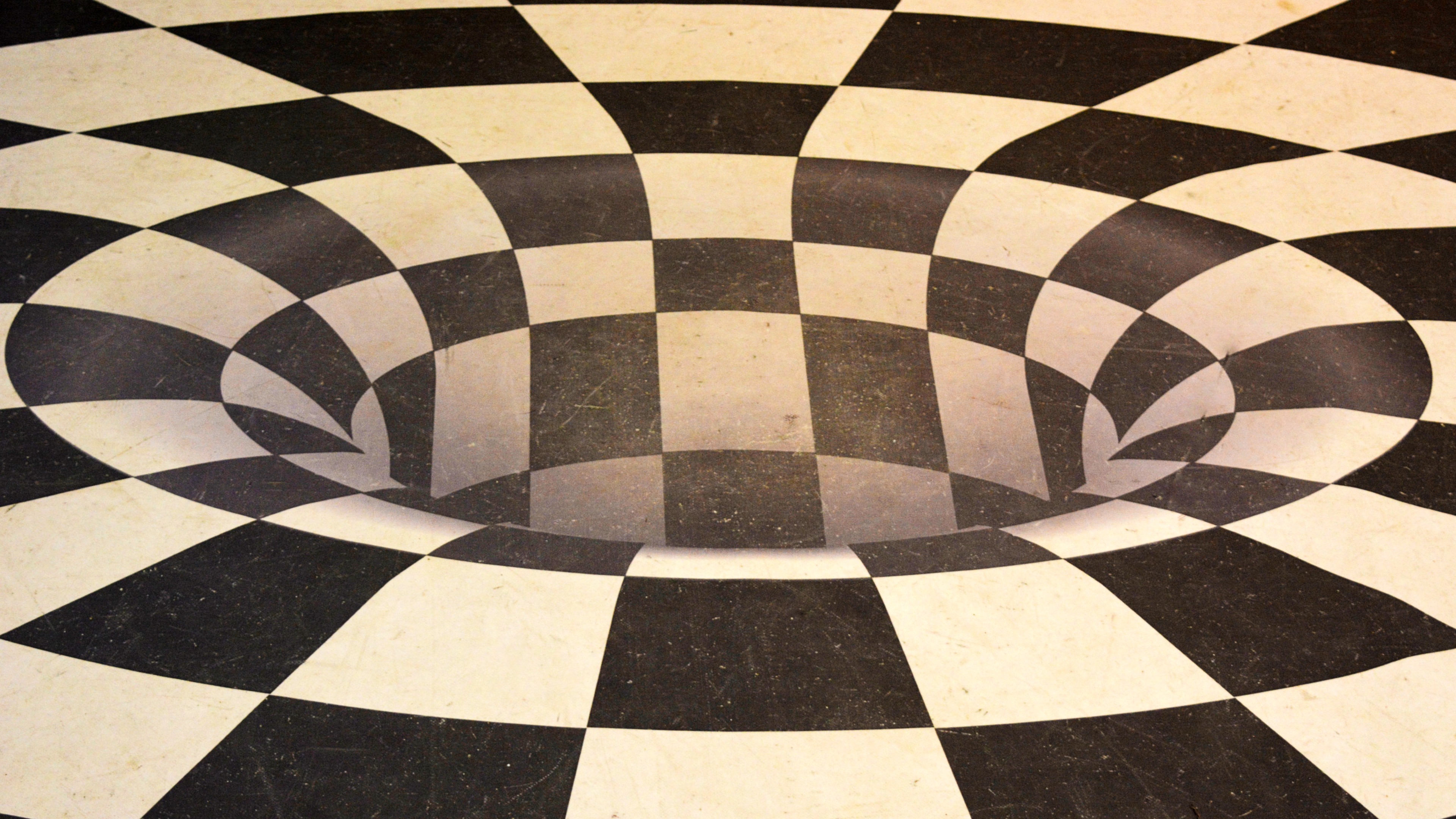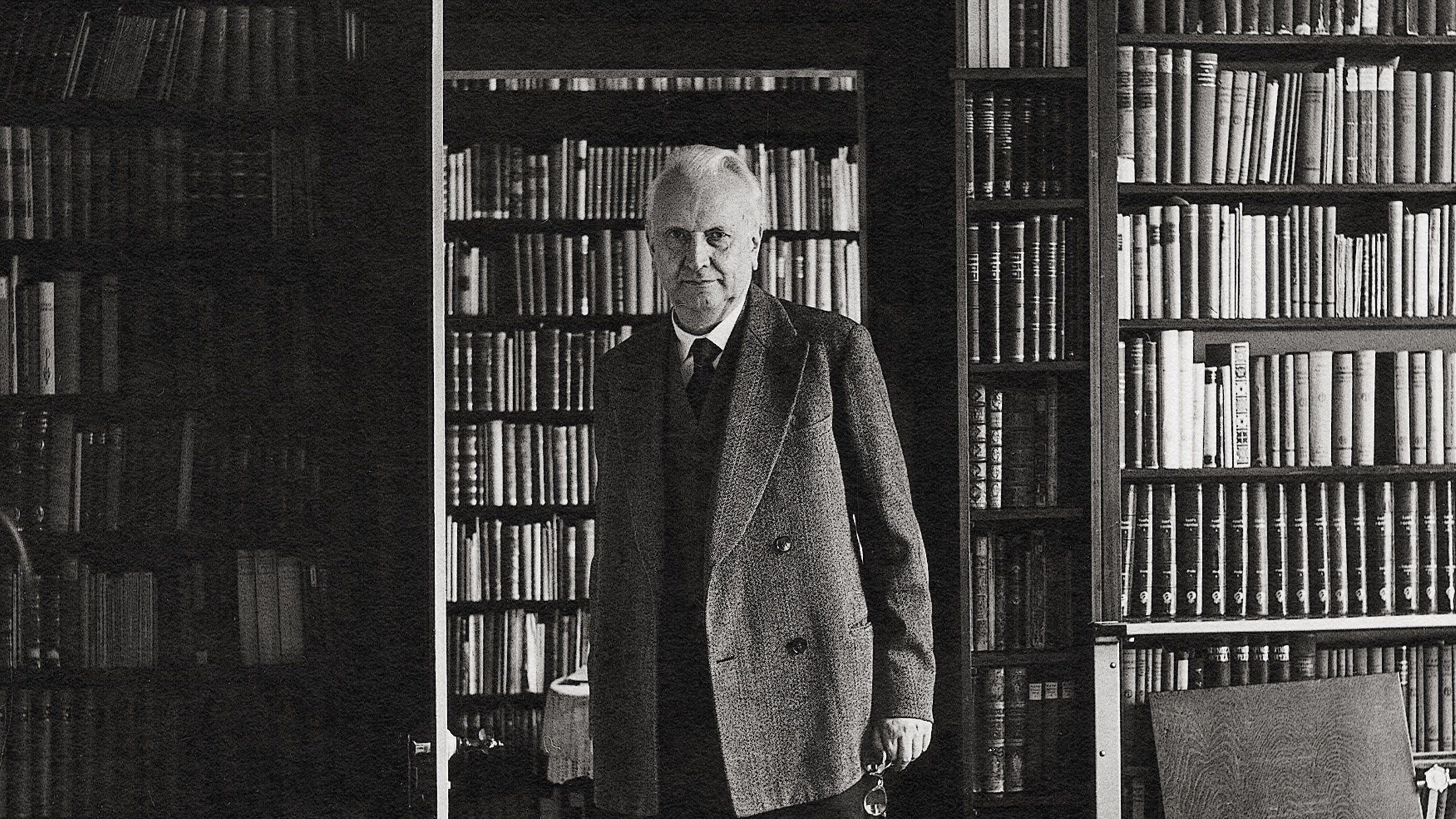Many procrastinators have claimed that ever-closer deadlines help them focus and enforce creativity. There may be something to that. Not quite the procrastination, but the forced wall of immovability restricting them that gets gears going. For proof, get your hands on a copy of The Five Obstructions, a documentary where experimental Danish filmmaker Lars von Trier inflicts five restrictions on his filmmaking mentor and friend Jørgen Leth, pushing him to make the same short film five times in different ways, driving him to the edge of creativity (and of his sanity).
Janna Levin, professor of physics and astronomy at Barnard College at Columbia University and author of Black Hole Blues, believes that it’s the restrictions in science that help scientists get more creative. It’s these limits that give scientists something to work against, or with, and force them to move forward.
Albert Einstein himself, who was recently proven right about gravitational waves after 100 years, had his own limits that aided him in science. Einstein believed that light travels at a certain speed; no faster, no slower. He believed that anything else might change, anything else could be just a theory so long as the speed of light remained the same. Because he had this one constant, the speed of light, he went on to break new ground with the theory of relativity, black holes, and the shape of space. Despite having the restriction of something that could not be changed, Einstein arrived at multiple theorems still being proved true today.
Heisenberg had a similar creative burst from his own uncertainty principle. He said one can’t know exactly where a particle is. This doesn’t really add up to how we typically think about things – we can usually tell where an object is. But a particle’s momentum and the path of its motion are too complicated, especially after we’ve disturbed it. Because of this, he says we just can’t know where the particle is. And with this constant uncertainty, Heisenberg went on to discuss quantum physics in a new way.
Levin’s final example of limitation leading to creativity is Kurt Gödel. Gödel’s theory of limitation was complicated, in that he wanted to prove that not everything can be proven. His theory, considering everything including basic arithmetic, states that not everything can be proven true or false, not everything can be known in the mathematical proven state. But this idea propagated further creativity, including the invention of the computer and artificial intelligence. It was the limitations of the unknown that helped Alan Turing complete the very machines that were the building blocks of the high-tech, cutting-edge device that you’re reading these words on right now. Three cheers for limitations!
Janna Levin: I became interested in this phenomenon of constraints inspiring creative outbursts. And if you look at the last century there were three really profound examples of that. I would say the earliest that I found incredibly interesting was the limit of the speed of light leading Einstein to the theory of relativity. Where a lot of other scientists wanted to remove the limit, they wanted to say, 'There is no limit to the speed of light. That doesn't make any sense. That's impossible.' Einstein actually, despite the word relativity, adhered to a very strict absolute. And that absolute was the speed of light. He took that to be his guiding constraint. And by sticking to it rigidly he said, 'I'll give up anything else but the speed of light, the constancy of the speed of light.' And by doing so he gave up on the absolute nature of space and time.
I mean that's just much harder to let go of intuitively and a much greater violation of our common sense, but it was right. And so this was an example where this tight constraint led to a creative outburst. From this one constraint you could trace the line, not only to the relativity of space and time but the expansion of the universe; the existence of black holes; the ideal that the entire space has a shape, all of these things burgeoned from this really tight constraint.
Another great example is the Heisenberg uncertainty principle. So Heisenberg begins to believe that we can't precisely know the location of a particle and its motion and its momentum. And this seems to violate what we believe that things objectively exist, that there should be no such limit, but he takes it very seriously. He doesn't just say, 'Oh it's often cast in this way; oh disturb a particle when we observe it therefore we can't also know it's momentum once we've located it because in the process of measuring it we've somehow disturbed it.' That's not really true. It's much deeper than that.
Heisenberg took very seriously that this was profound, that in some sense of the particle doesn't have a location or a momentum, that in some sense the particle doesn't really exist in the old-fashioned way we used to think it existed like a marble exists. So by taking it that much more seriously it leads to the discovery of the deeper phenomenon of quantum mechanics and that incredibly strange world that even though we don't actually understand it, even today, we verify experimentally over and over again, it's the most well tested paradigm in all of physics, and yet it's the one we understand it the least.
My third example would be Gödel's limit theorem. So the great mathematician Hilbert sent out a call to all mathematicians just to confirm that all mathematical facts could indeed be proven within the context of mathematics. It wasn't the case that he wanted every infinite proof, that's obviously impossible, he just wanted to prove that the proofs existed. It seems like a sort of meta level question. It is, it's a meta level question: can we prove that all facts are knowable, is a simpler way of saying it. And Gödel comes along in the 1930s and proves that even in the context of something as basic as arithmetic that there are facts among the members that can never be proven to be true or false. There are literally facts we can never know in the context of mathematics. And that was a real blow to this idea of a mathematical theory of everything.
We've recovered from that blow and it turned out to have profound consequences and the profound consequence was the invention of the computer and AI. So you can trace Turing's creation of the idea of a machine that can think directly to his work on the limit theorems and the fact that there are certain things we can never know. And that limit is severe. And from that, thinking about that limit, he was able to imagine how to mechanize thought and begin to think about making machines that think, and begin to think that we're just machines that think, and therefore there could be an artificial intelligence just like there's a biological intelligence.







